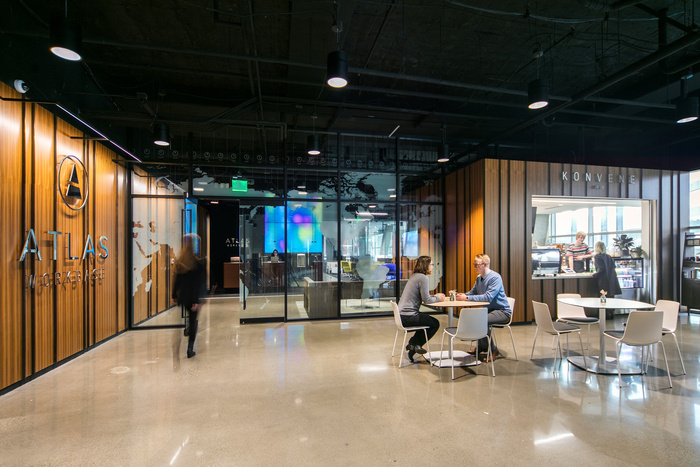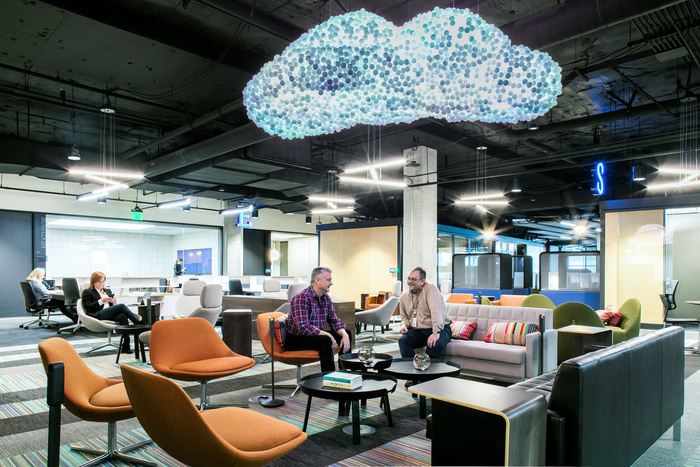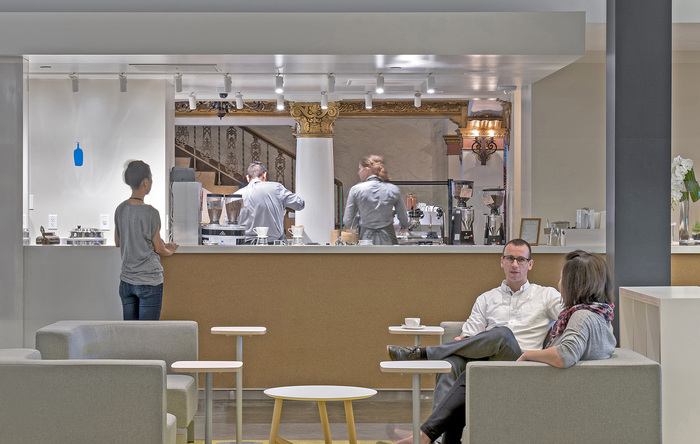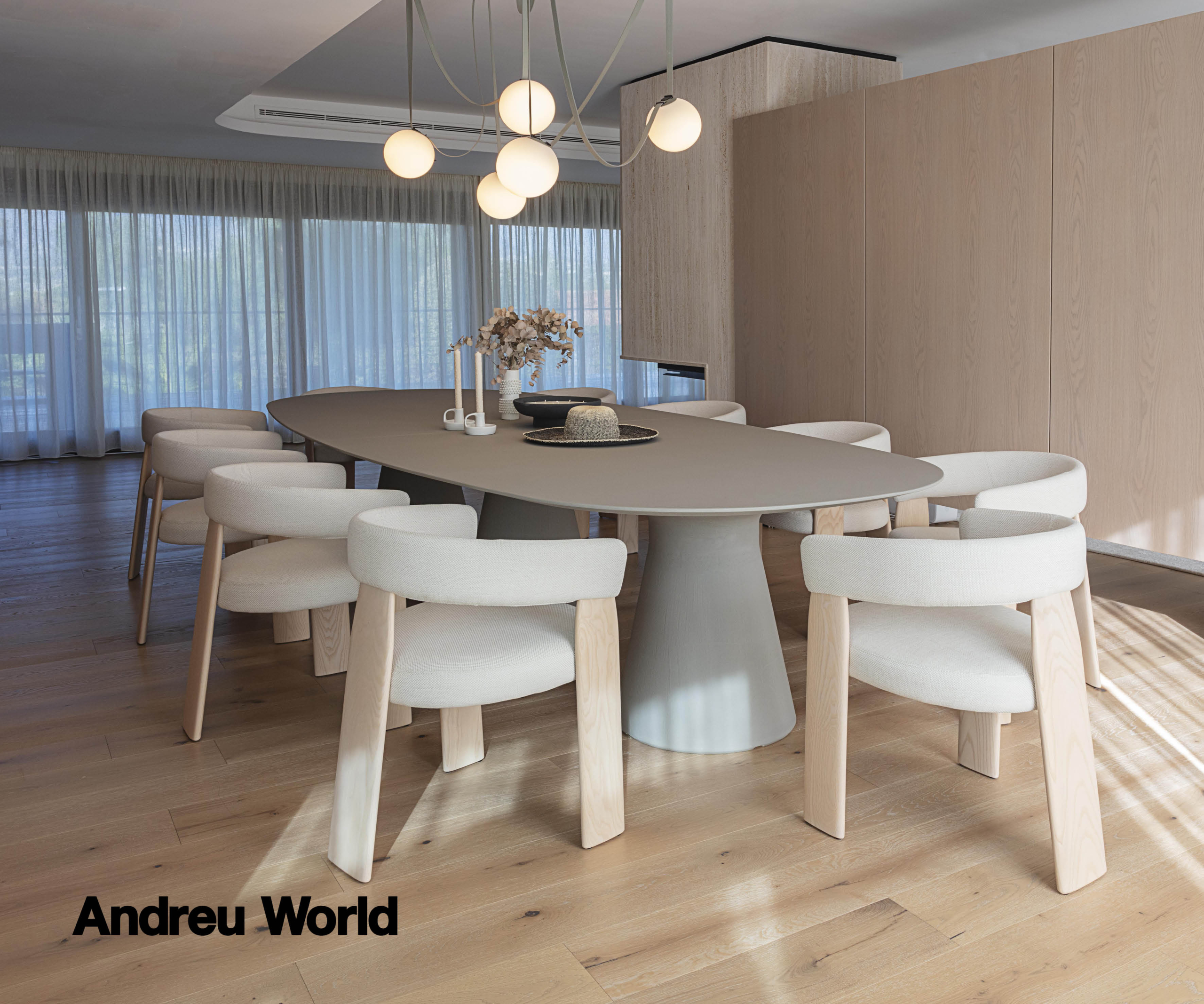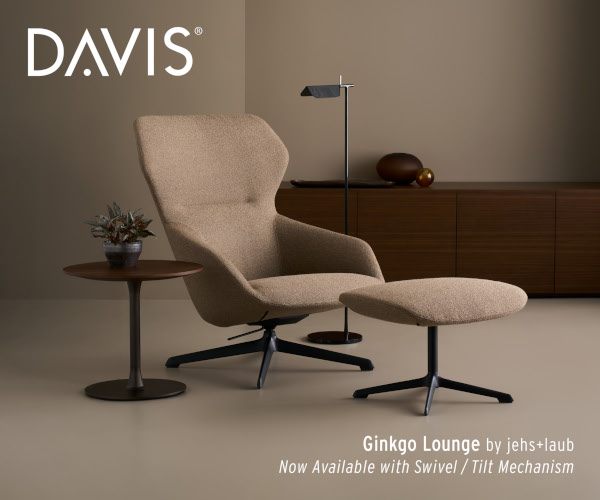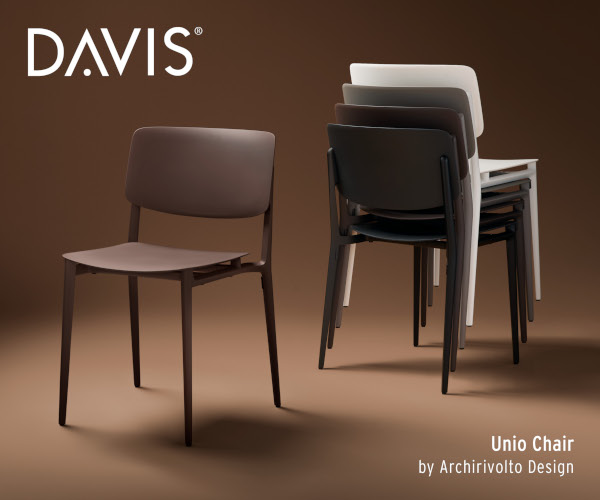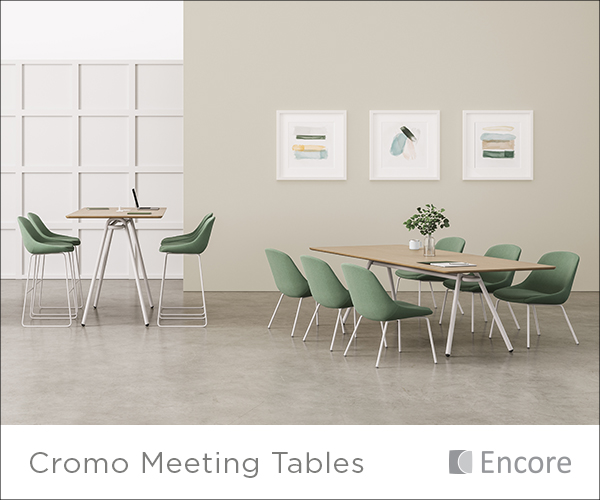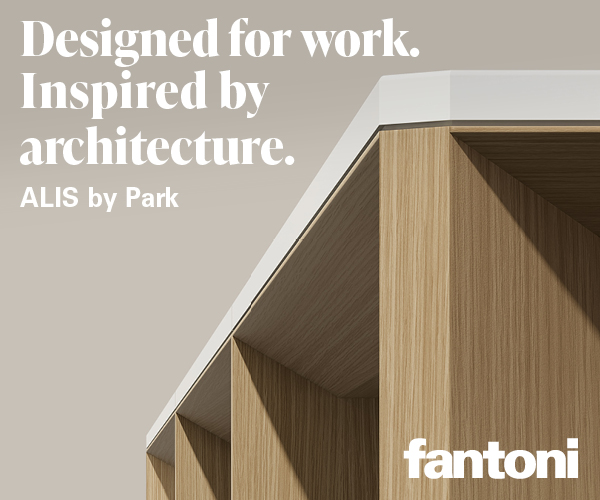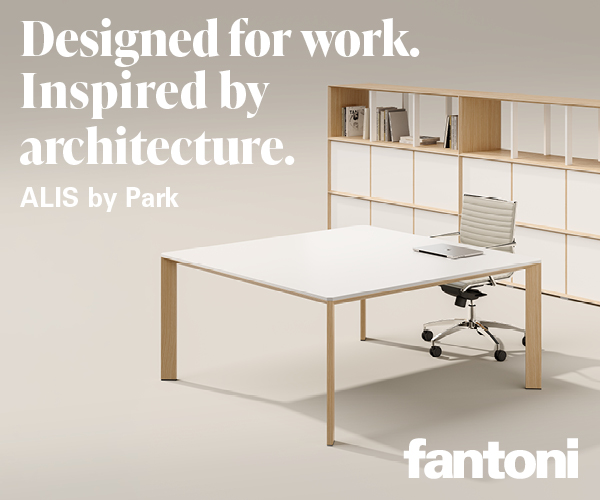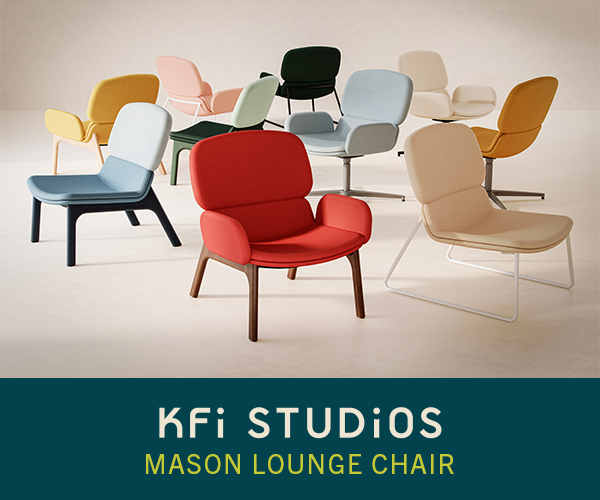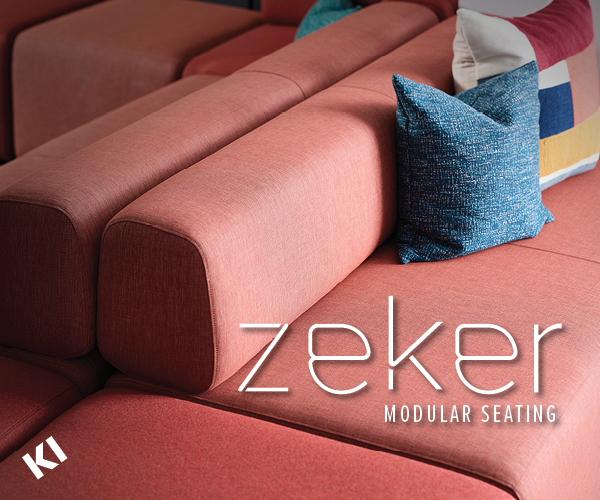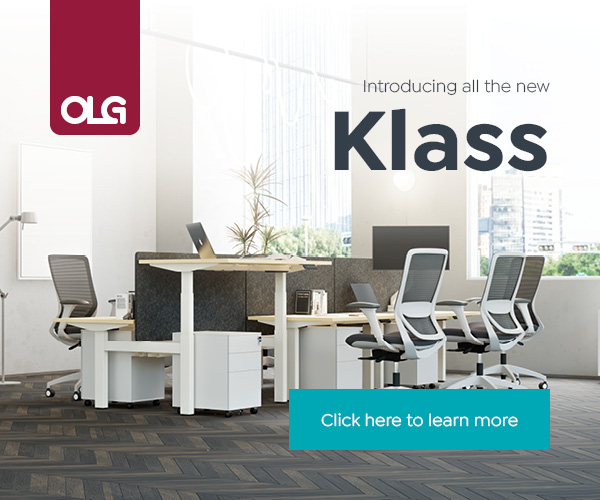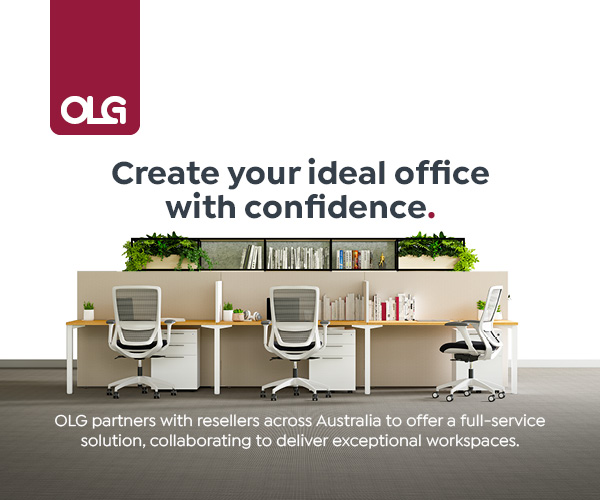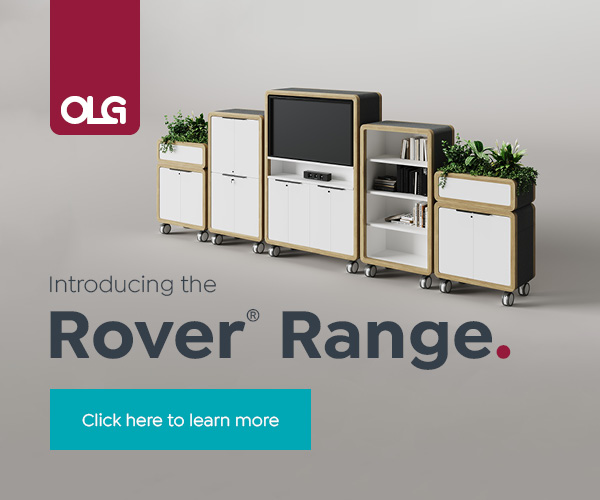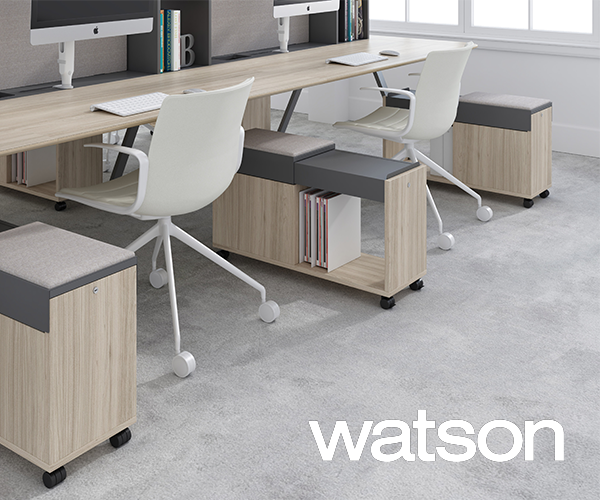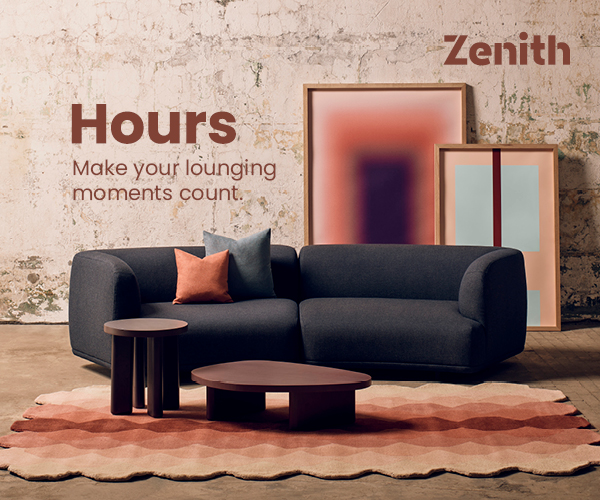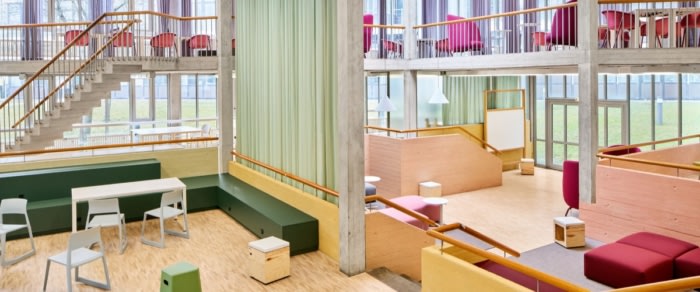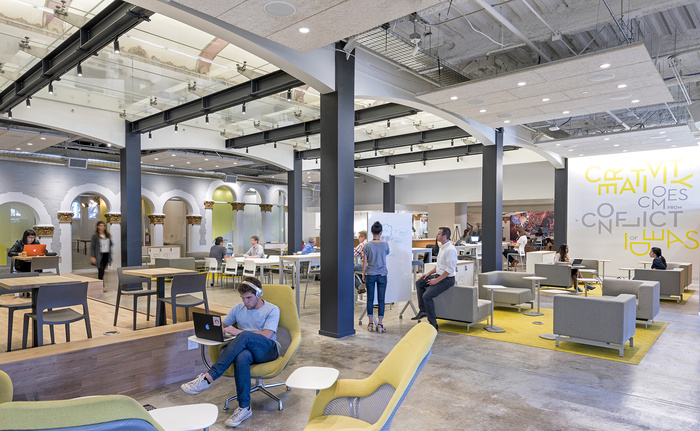
On Coworking: An Interview with Gensler Seattle’s Principal and Design Director Susana Covarrubias
“On Coworking” is part of an editorial series of interviews investigating concepts, themes, and trends in the modern workplace.
Over the last decade we’ve watched the concept of coworking move from being a fringe idea to a global movement. Whether they are offices built primarily for coworking or those that incorporate specific elements into traditional environments, the concept has been cemented into the canon of office and workplace design.
We recently spoke with Susana Covarrubias, Principal and Design Director of Gensler‘s Seattle office. She tells us about the changing definition of coworking, how coworking spaces may differ from a traditional office setting, and what makes a coworking space succeed and flourish.
—
Office Snapshots: As we get started, it seems that the term coworking can mean a lot of things to different people. Can you give us a bit of definition of what coworking is and who it is for?
Susana Covarrubias: I think the concept of coworking has come a long way from simply being a place to plug in with the necessary support and amenities. As an example organizations are not only wanting to have a presence in coworking spaces in the city but also they are implementing the concept of coworking even inside their own walls. It’s about having the ability to connect people – beyond the traditional boundaries of a company.
Central hub of HanaHaus in Palo Alto. Image by Jasper Sanidad
OS: Do you have a strong opinion on whether it should be spelled as co-working or coworking?
SC: I’m not sure there’s a strong argument either way as far as how you should spell it, but the concept has been around long enough that people understand the meaning behind it and the benefits it brings to the modern workforce.
OS: What might the process of designing a coworking environment look like for aclient of Gensler? How does the design process differ from that of a traditional company office?
SC: When designing a space for a specific client you want to reflect the company’s values and brand in the space so that it communicates these things while remaining relevant to the users and reinforcing their culture. Coworking is different in that it’s about creating a platform for people to network, connect, cross-pollinate, grow, find synergies and let diverse ideas flow. The way I see it is that designing a space for coworking is like designing a physical manifestation of LinkedIn, Facebook, Instagram or Twitter.
Entry lobby of Atlas Workbase in Seattle. Image by Heywood Chan
OS: Can you tell us about a few coworking office projects you’ve been involved in?
SC: A project we recently designed for Atlas Workbase in Seattle is a great example of successful coworking. The vision for Atlas was unique from other coworking spaces – it was conceived not just as a place where people go to get work done, but a place where business is conducted. Sources of inspiration came from the airport lounge and ultimately the mobile worker. It was achieved through the inclusion of tech savvy spaces with dependable and intuitive technology, corporate level conference rooms – spaces that feel like a mature business environment with a professional, sophisticated look and feel rather than that of a scrappy start-up. Then we added amenities that are geared towards the community so that people can welcome guests to “their place of business.” Additionally, Atlas includes other elements that make a space desirable to today’s worker such as acoustics that ensure confidentiality, strong IT support, and gender-neutral bathrooms that respond to forward-thinking choice and inclusiveness.
Another coworking space we have designed at Gensler is SAP’s HanaHaus in Palo Alto. It is a public coworking space designed by our San Jose office in a historic former movie theater in the heart of Silicon Valley. It connects creatives, entrepreneurs and curious individuals who come together to eat, work, socialize, share ideas and connect with experts. We worked with the SAP team to redefine the café experience into a public hub and developed an iconic visual identity for their new brand that would resonate with the tech community they were seeking to attract. The design creates a sense of place that feels one-of-a-kind yet approachable and flexible — a place users can call their own. SAP’s goal is to grow HanaHaus café/co-working spaces internationally, creating a global network of resources.
Open Office area inside Atlas Workbase. Image by Heywood Chan
OS: Do you have any thoughts about what makes for a successful coworking environment? Are they shaped primarily by the community within them or the design of them? Both?
SC: The key to success is to provide choice for the customer – provide a variety of spaces, services, amenities, etc., that connect with the local community and create a platform for networking. Individuals who choose to work in coworking spaces tend to be creative and entrepreneurial. They are seeking interactions with others and are hungry to get things going. Therefore, the space needs to provide all the work settings that will accommodate many different types of people and ways of working to support collaboration and engagement with others. Cowork is like the workplace on steroids.
OS: Have there been any concepts or additional knowledge gained from the coworking movement? Which can be applied to other office design projects?
SC: Open your mind to look for inspiration in unexpected places – hospitality, airports, mobility environments – places like these can provide unexpected food for thought when it comes to designing for the workplace.
Think about how a space will flow for different types of workers needing different things and bring these ideas to office design as clients are looking for more mobility options. The ultimate mobile environment is the at intersection of a mix of uses (all in the service of the customer).
Because coworking houses a diverse group of individuals, it is very important to accommodate for focus and individual work modes to counter the extreme collaboration the space offers. These spaces can be enclosed or open, but they need to offer variety and choice.
Coffee bar and lounge inside HanaHaus. Image by Jasper Sanidad
OS: Do you have any additional thoughts about coworking that you’d like to share?
SC: Cowork spaces are more successful when they are located at the crossroad of mixed-use environments –when it is part of a something bigger. A different take on this was developed by a client of ours, the European hotel brand citizenM. They offer locally tailored meeting rooms through societyM, which along with their lobby spaces mutually reinforces and enlivens the other. It provides hotel guests with a connection to the local community while offering local customers networking potential and the amenities of a hotel.
The same way workplace has influenced coworking, now coworking is influencing the design of workplace. Companies are embedding coworking spaces in larger workplace projects to promote mobility, company synergy and cross-pollination. This is a much more effective way of promoting mobility since these spaces have amenities and seating options that draw people in.
